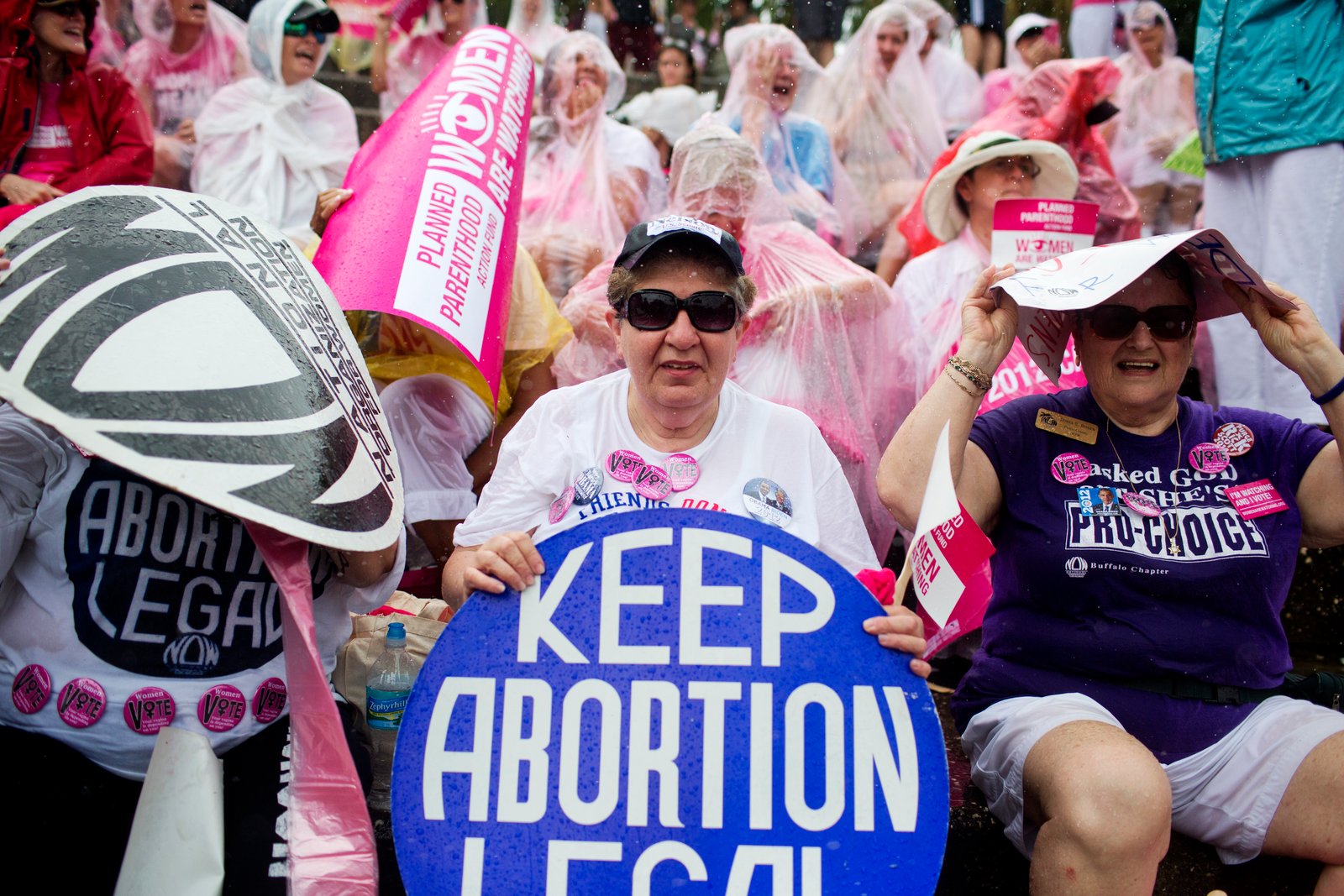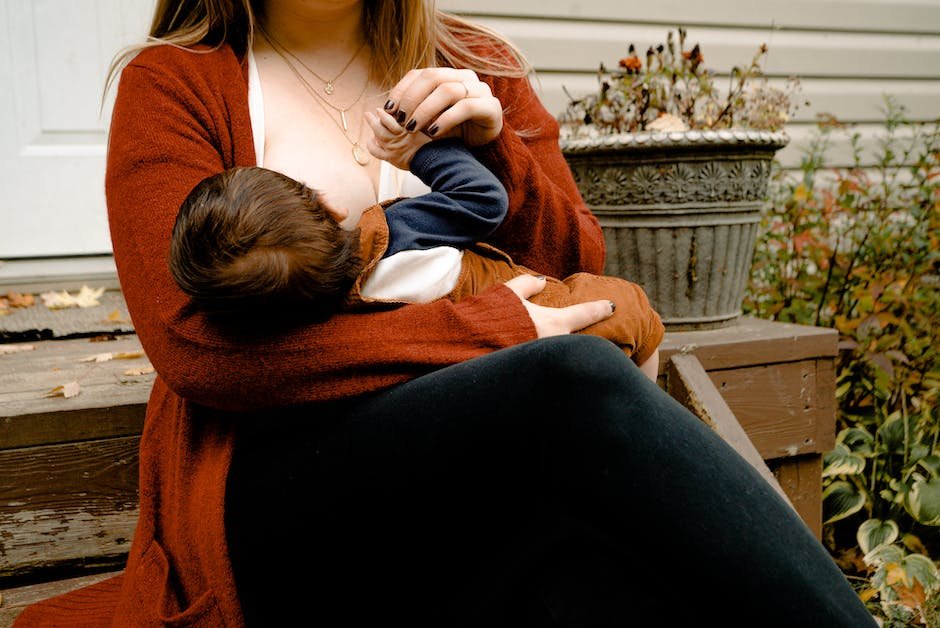Whether you’ve just welcomed a new bundle of joy into your life or are expecting the pitter-patter of tiny feet soon, your mind is likely brimming with endless lists of baby essentials. From the coziest blankets to the cutest onesies, there’s a mountain of items to consider. But when it comes to feeding your little one, a different question arises: how can you navigate the sometimes confusing world of breastfeeding and formula feeding while keeping your bank balance in check? Fear not, for we are here to guide you through the murky waters and help you create a breastfeeding and formula feeding budget that will leave you and your little one content, both physically and financially. So, grab your calculator and let’s embark on this budgeting adventure together!
Table of Contents
- Preparing for Parenthood: Creating a Balanced Breastfeeding and Formula Feeding Budget
- Analyzing the Costs: A Breakdown of Breastfeeding and Formula Feeding Expenses
- Practical Tips for Saving Money on Breastfeeding and Formula Feeding Supplies
- Strategies for Maximizing Savings: Budgeting and Cost-cutting Strategies for New Parents
- Q&A
- The Way Forward

Preparing for Parenthood: Creating a Balanced Breastfeeding and Formula Feeding Budget
Welcoming a new addition to your family is an exciting and joyous time. As you prepare for parenthood, it’s important to consider the financial aspects of feeding your little one. Breastfeeding and formula feeding both have their benefits, and while breastfeeding may be a more cost-effective option, formula feeding can also be a practical choice for various reasons. By creating a balanced budget that takes into account the costs associated with both methods, you can ensure your baby’s nutrition without straining your finances.
Budgeting for breastfeeding:
- Invest in a good quality breast pump: A reliable breast pump is a crucial investment for breastfeeding mothers. While it may seem expensive upfront, it can save you money in the long run by allowing you to provide breast milk without the need for additional formula.
- Consider nursing-friendly attire: Comfortable nursing bras, tops, and baby wraps can make breastfeeding more convenient and enjoyable. Allocate a portion of your budget for these essentials.
- Stock up on breastfeeding supplies: Nipple creams, nursing pads, and storage containers for breast milk are items you may need and should be factored into your budget.
Budgeting for formula feeding:
- Compare formula prices: Different formulas can vary in cost, so it’s worth researching and comparing prices to find the most affordable option. Check for store brand formulas, which often provide similar nutritional quality at a lower price.
- Estimate monthly formula consumption: Determine how much formula your baby is likely to consume each month and calculate the approximate cost accordingly. Remember to account for any potential changes in appetite as your little one grows.
- Factor in feeding accessories: Bottles, bottle brushes, and sterilizers are essential for formula feeding. Include these items in your budget to ensure you have all the necessary supplies.
Creating a balanced breastfeeding and formula feeding budget allows you to have flexibility and peace of mind as you embark on your parenthood journey. Remember, the most important thing is to provide your baby with nutritious, loving care, regardless of the feeding method you choose.

Analyzing the Costs: A Breakdown of Breastfeeding and Formula Feeding Expenses
When it comes to providing nourishment for your little one, the financial aspect is an important consideration. Understanding the costs associated with breastfeeding and formula feeding is key to making informed decisions. Let’s take a closer look at the breakdown of expenses for both options:
Breastfeeding Expenses:
- Nursing Supplies: While breastfeeding is often considered ’free’, there are a few essential supplies that may be required, such as nipple creams, nursing bras, breast pads, and a breast pump if needed.
- Diet and Supplements: As a breastfeeding mother, it’s important to maintain a healthy diet to support your baby’s nutrition. This may include additional food expenses and prenatal supplements.
- Time and Energy: While not directly related to monetary expenses, it’s worth noting the time and energy investment required for breastfeeding. This includes potential breaks from work or other activities, lactation consultant visits, and pumping sessions.
Formula Feeding Expenses:
- Formula: The most significant cost associated with formula feeding is the purchase of baby formula itself. The expense can vary depending on the brand, type, and any special dietary requirements your baby may have.
- Feeding Equipment: Bottle feeding requires the purchase of bottles, nipples, bottle brushes, sterilizers, and other additional feeding accessories.
- Travel and Convenience: Formula feeding may incur additional expenses when traveling, as you may need to purchase pre-packaged formula or bring along sterilization equipment for bottles.
When comparing the costs of breastfeeding and formula feeding, it’s essential to consider factors beyond just the financial aspect. Each option comes with its own set of advantages and challenges, so it’s important to make a decision that aligns with your personal circumstances and preferences. Ultimately, both breastfeeding and formula feeding can provide the love and care your baby needs, allowing them to thrive.

Practical Tips for Saving Money on Breastfeeding and Formula Feeding Supplies
When it comes to providing the best nutrition for your baby, breastfeeding and formula feeding are both wonderful options. However, the costs associated with these methods can sometimes be overwhelming. Fear not! We’ve got some practical tips to help you save money on breastfeeding and formula feeding supplies, ensuring both your baby’s health and your wallet stay happy.
Breastfeeding:
- Invest in a good quality breast pump. Instead of buying multiple manual pumps, choose a reliable electric pump that will last longer and save money in the long run.
- Borrow, rent, or buy second-hand nursing bras and breast pads. They can be costly, but with a little creativity, you can find affordable options that work just as well.
- Avoid unnecessary nursing accessories. While they may seem enticing, items like nursing covers or specialized clothing can quickly add up. Remember, all you truly need is your breasts and a comfortable place to nurse!
- Jar and freeze breast milk in small quantities to avoid wastage. Breast milk can be stored safely for up to six months, so take advantage of sales or bulk discounts to save on storage bags or containers.
Formula Feeding:
- Compare prices and deals offered by different stores, both online and offline. Look for discounts, promotions, and coupons to help reduce the cost of formula.
- Consider store brands. They often provide the same quality and nutrition as their more expensive counterparts, but at a fraction of the cost.
- Sign up for formula company mailing lists. They frequently send out samples, coupons, and special offers, which can significantly lower your formula expenses.
- Prepare your own baby food when your little one is ready for solids. Making homemade purees can be more cost-effective than purchasing pre-made baby food jars or pouches.
By implementing these practical tips, you can save money and provide the best care for your precious baby. Remember, every little bit counts, so don’t hesitate to try these money-saving strategies!

Strategies for Maximizing Savings: Budgeting and Cost-cutting Strategies for New Parents
As new parents, it’s important to find ways to stretch your budget and save money without sacrificing the quality of your child’s upbringing. Here are some creative and effective strategies to help you maximize your savings:
- Create a comprehensive budget: Start by analyzing your monthly income and expenses. Identify areas where you can cut back and allocate a specific amount for each aspect of your family’s finances. Stick to this budget to gain better control over your spending habits.
- Shop smart: Look for deals, discounts, and coupons when purchasing baby essentials. Consider buying in bulk to save money in the long run. Additionally, compare prices from different stores or online platforms to ensure you’re getting the best value for your money.
- Opt for second-hand and hand-me-downs: Babies outgrow clothes and toys quickly, so don’t shy away from accepting hand-me-down items from friends or family members. You can also explore thrift stores or online marketplaces where you can find gently used baby items at a significantly lower cost.
- Prepare meals at home: Eating out can be expensive, especially when you have a family to feed. Embrace your culinary skills and cook nutritious meals for your family at home. Not only will this save you money, but it will also provide an opportunity for quality family time.
- Invest in reusable items: Instead of constantly buying disposable diapers, wipes, and bottles, opt for reusable alternatives. Cloth diapers, washable wipes, and BPA-free bottles can significantly reduce your monthly expenses and have a positive impact on the environment.
- Utilize free local resources: Take advantage of community services such as libraries, parks, and recreational centers that offer free activities and resources for families. This allows you to spend quality time with your little one without spending a dime.
By implementing these cost-cutting strategies and being mindful of your spending, you can ensure a financially secure future for your family while still providing all the love and care your child needs.
Q&A
Q: What factors should I consider when budgeting for breastfeeding and formula feeding?
A: When creating a budget, consider the costs of breastfeeding supplies such as nursing bras and breast pumps, as well as the potential expenses of formula, feeding bottles, and sterilizing equipment if you choose to formula feed.
Q: Is breastfeeding always cheaper than formula feeding?
A: Breastfeeding is typically more cost-effective as it doesn’t require purchasing formula, bottles, or sterilizing equipment. However, keep in mind that other breastfeeding-related expenses like nursing bras, breast pads, and lactation consultations may arise, which can impact the overall cost.
Q: How can I save money on breastfeeding supplies?
A: To save money on breastfeeding supplies, consider borrowing or renting a breast pump instead of buying one. Utilize free resources like breastfeeding support groups or lactation consultants covered by health insurance. Additionally, purchase nursing bras and breast pads during sales or check for secondhand options.
Q: What are some ways to save money on formula feeding?
A: To save money on formula feeding, search for sales, coupons, or discounts when purchasing formula. Some brands also offer loyalty programs or samples that can help reduce expenses. Consider buying formula in bulk, as it is often cheaper per ounce. Furthermore, sterilize bottles at home instead of using disposable sterilizing bags.
Q: Can I mix breastfeeding and formula feeding to manage costs?
A: Yes, many parents choose to mix breastfeeding and formula feeding. By breastfeeding when possible and supplementing with formula as needed, you can help manage costs while still providing the benefits of breastmilk. However, remember that some breastfeeding supplies, like nursing bras, may still be necessary.
Q: How should I factor in healthcare costs related to breastfeeding and formula feeding?
A: When considering healthcare costs, check if your health insurance covers lactation consultations, breast pumps, or other breastfeeding equipment. Depending on your coverage, these expenses may be partially or fully covered, reducing your out-of-pocket costs.
Q: How can I plan for unexpected expenses in my breastfeeding and formula feeding budget?
A: It’s important to have a buffer in your budget for unexpected expenses related to breastfeeding and formula feeding. Consider setting aside a small amount each month in a “baby fund” to cover any unforeseen costs that may arise, such as extra formula or unexpected doctor visits.
The Way Forward
In conclusion, embarking on the wonderful journey of parenthood is undoubtedly a thrilling experience, but it also comes with its fair share of financial considerations. Creating a well-thought-out breastfeeding and formula feeding budget will not only help your wallet breathe a sigh of relief but will also ensure that your little one receives the best start in life.
By making a conscious effort to explore cost-effective breastfeeding options, such as pumping, utilizing lactation consultants, or joining support groups, you can tap into a wealth of resources that will offer invaluable guidance and assistance. Remember, breastfeeding is not only a beautiful way to bond with your baby but also a natural means of nourishment that saves both money and precious time.
Equally important is the inclusion of formula feeding in your budget. While embracing this option may require additional financial planning, it is vital to approach it with an open mind and a realistic perspective. Researching various formula brands, comparing prices, and taking advantage of discounts and deals can help ease the strain on your finances while ensuring your baby receives the nutrients they need.
As you embark on this exciting journey of nurturing your little one, it’s crucial to remember that every family’s circumstances are unique. Your breastfeeding and formula feeding budget should be a reflection of your values, priorities, and financial capabilities. Be open to adjusting and fine-tuning your approach as your baby grows and their needs evolve.
Above all, cherish the moments spent nourishing and caring for your baby, as these beautiful moments are priceless. Remember, your love and attention are the most valuable gifts you can provide, regardless of the choices you make. So, whether you choose breastfeeding, formula feeding, or a combination of both, rest assured that you are doing an incredible job as a parent.
Here’s to creating a breastfeeding and formula feeding budget that not only keeps your finances on track but also allows you to savor every precious moment of this joyous journey called parenthood!
As an affiliate, my content may feature links to products I personally use and recommend. By taking action, like subscribing or making a purchase, you’ll be supporting my work and fueling my taco cravings at the same time. Win-win, right?
Want to read more? Check out our Affiliate Disclosure page.